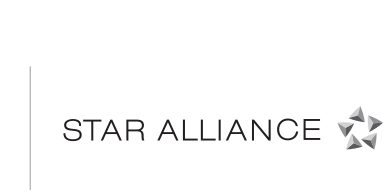Batteries
Devices with spillable batteries
Batteries – Spare Lithium Batteries ≤ 100 WH
Spare Lithium Batteries less than or equal to 100-watt hour (2 g)
Batteries - Lithium Batteries > 160 WH
Lithium Batteries greater than 160-watt hour(Must be presented & carried as Cargo in accordance with the IATA Dangerous Goods Regulations.)
Approval
Batteries - Lithium Batteries > 100 WH & ≤ 160 WH
Lithium Batteries greater than 100-watt hour (2 g) & less than or equal to 160-watt hour which are in equipment
Batteries - Spare Lithium Batteries > 100 WH & ≤ 160 W
Spare Lithium Batteries greater than 100-watt hour (2 g) & less than or equal to 160-watt hour (Maximum two)
Batteries - Lithium Batteries ≤ 100 WH
Lithium Batteries less than or equal to 100-watt hour (2 g) which are in equipment
Power banks
Only two pieces of Power bank, that does not exceed 160 Wh
Restrictions Regarding Power Banks:
- Must be carried in carry-on baggage only.
- Use of aircraft AC power outlets to charge power banks is strictly prohibited.
- Use of power banks onboard to recharge other electronic devices is not allowed.
- Storing power banks in overhead cabin compartments is not permitted.
Poisons and infectious substances
Such as insecticides, weed killers and live virus materials.
Radioactive materials
Knives
Including hunting knives, swords, and pocket knives
Etiologic agents
Corrosive materials
Such as acids, alkalis, mercury, and wet cell batteries
Oxidizing materials
such as bleaching powder, and peroxides.
Gasses
Flammable, non-flammable, deeply refrigerated and poisonous such as butane, oxygen, liquid nitrogen, aqualung cylinders.
Liquids
Flammable liquids and solids such as lighter or heating fuels, matches, paints, thinners, firelighters.
Bushmeat Importation to the USA
Bushmeat import is prohibited in the U.S. under the Animal Health Protection Act, USDA, and APHIS regulations
Sporting equipment
such as baseball/cricket bats, golf clubs, hockey sticks, billiard cues
Sharp Objects
Scissors and any other sharp/bladed objects (e.g., icepick, nail clippers) considered illegal by local law
Aerosols
Hair sprays, perfumes, medicines containing alcohol) not exceeding 0.5KG/L per article and 2.0KG/L in total weight
Trionic briefcases
Similar to normal briefcases from outside
Baby strollers
Mace canisters
Similar to cigarette lighters and sprays.
Briefcases and security
Attaché cases with installed alarm devices; or incorporative lithium batteries and/or pyrotechnic material
Weapons
Such as whips, nan-chakus, baton, or stun gun
Other dangerous articles
Such as magnetized materials, offensive or irritating materials as listed in the IATA Dangerous Articles Regulations.
Weapons
Toys guns/gun shaped items or look-alikes, hand-cuffs
Smart Bags:
- Batteries installed in either checked or carry-on baggage must be removed prior to travel. Once removed, they must be carried onboard by the passenger.
- Smart bags with non-removable batteries exceeding 0.3g of lithium metal or 2.7Wh are not permitted for transportation.

